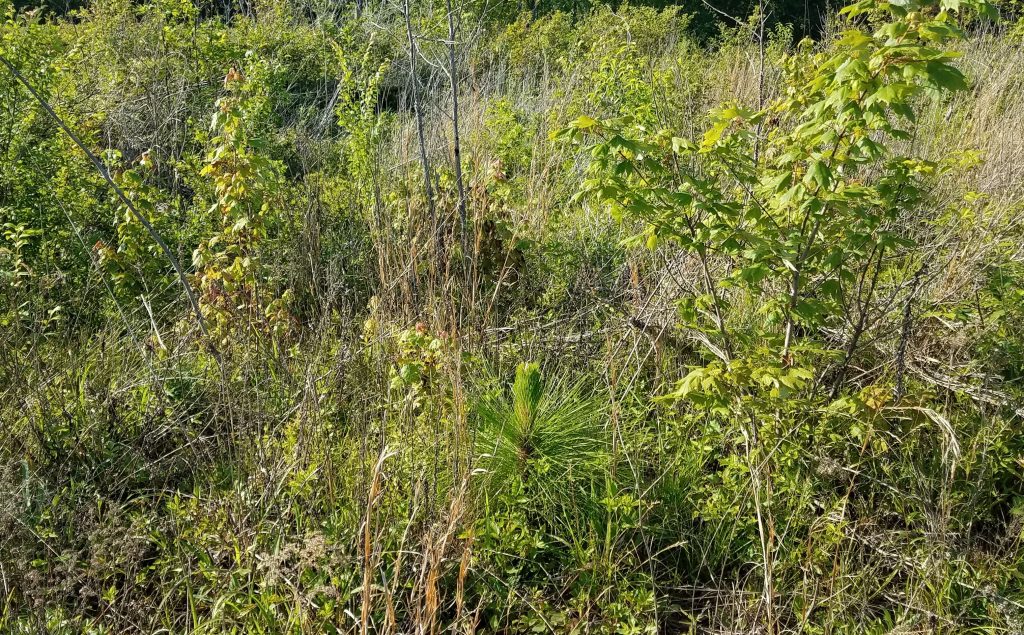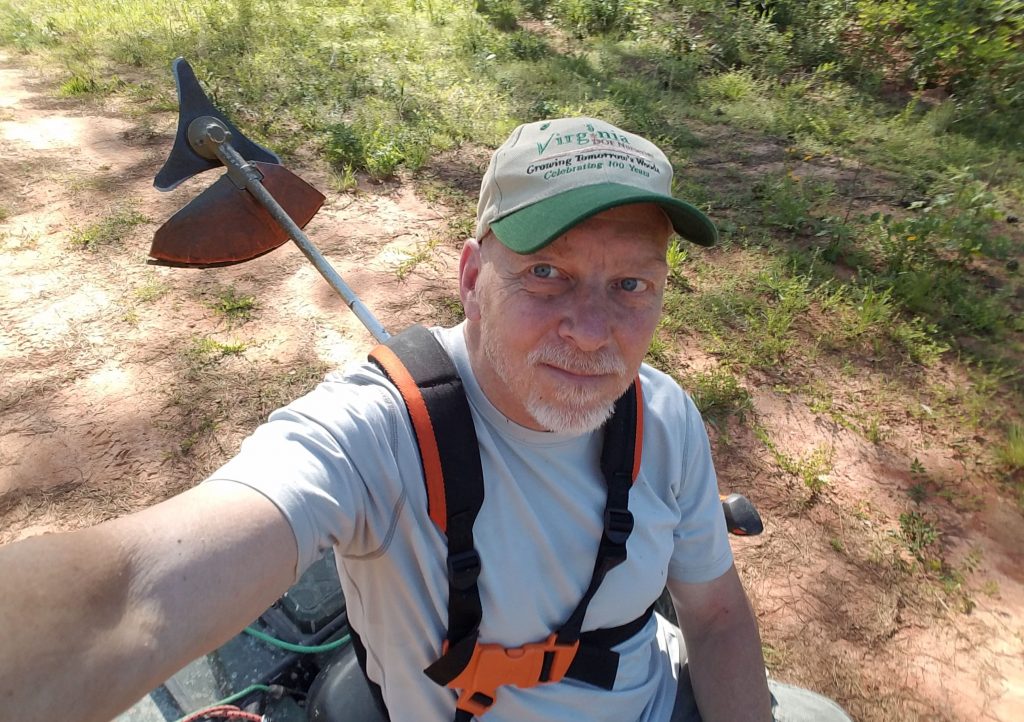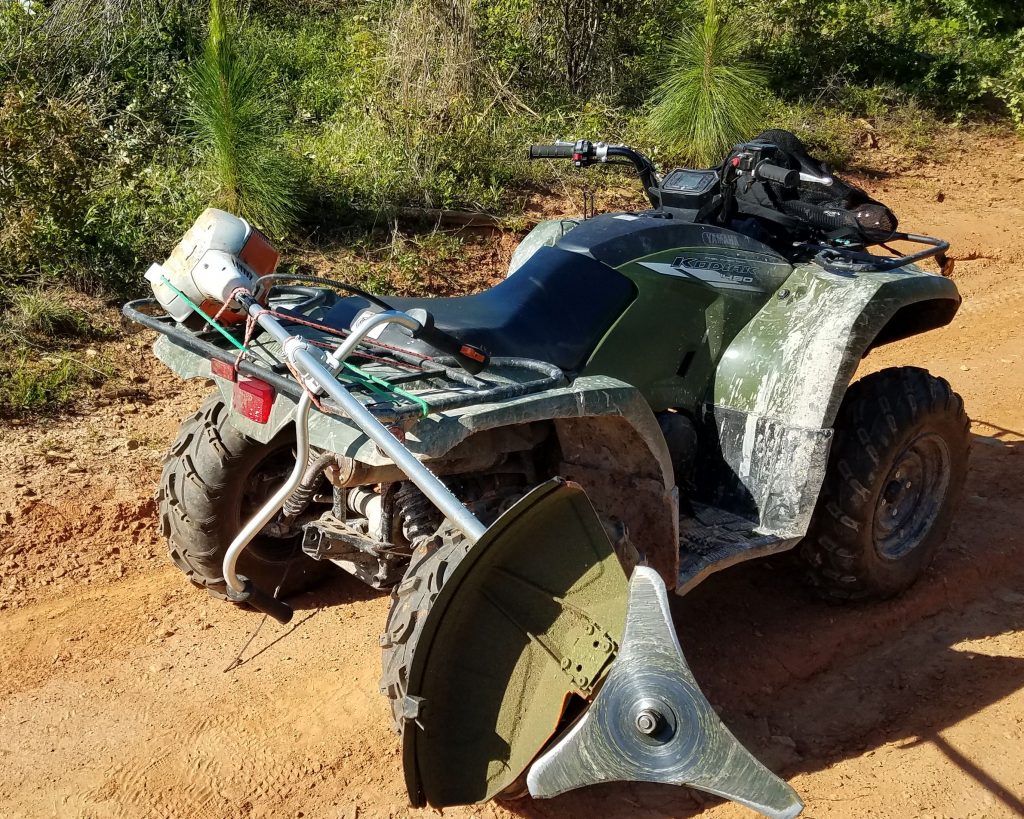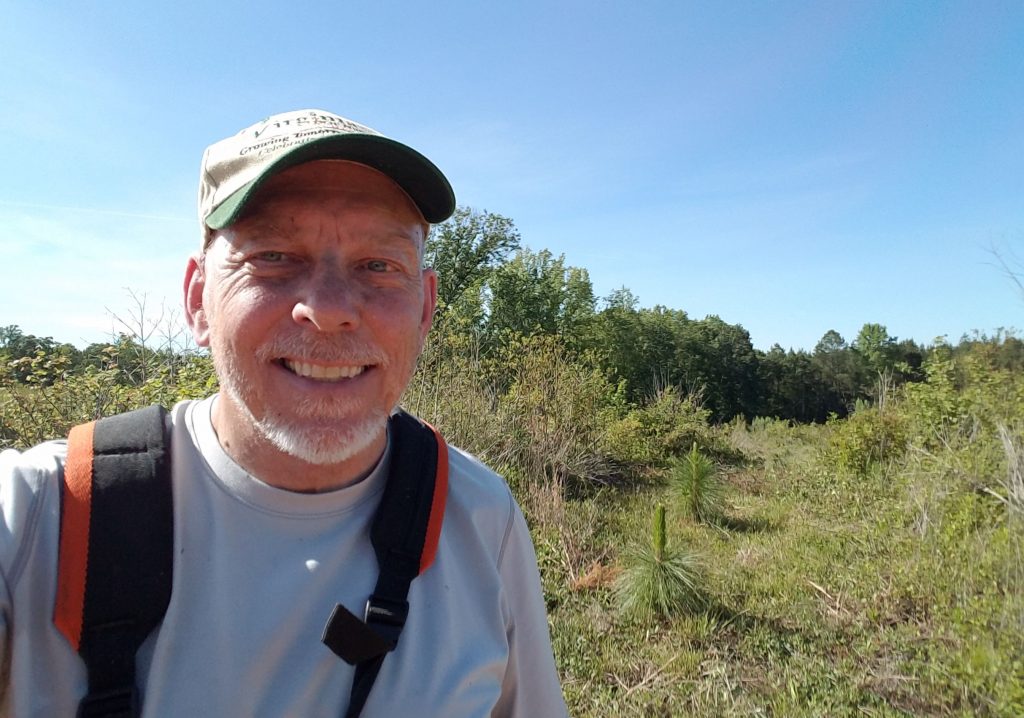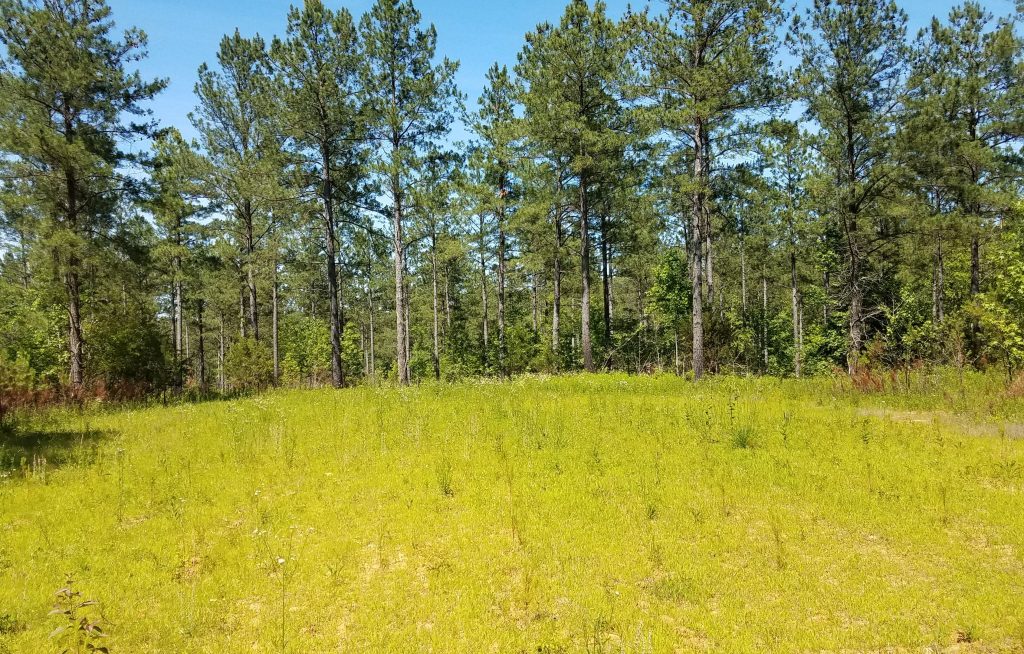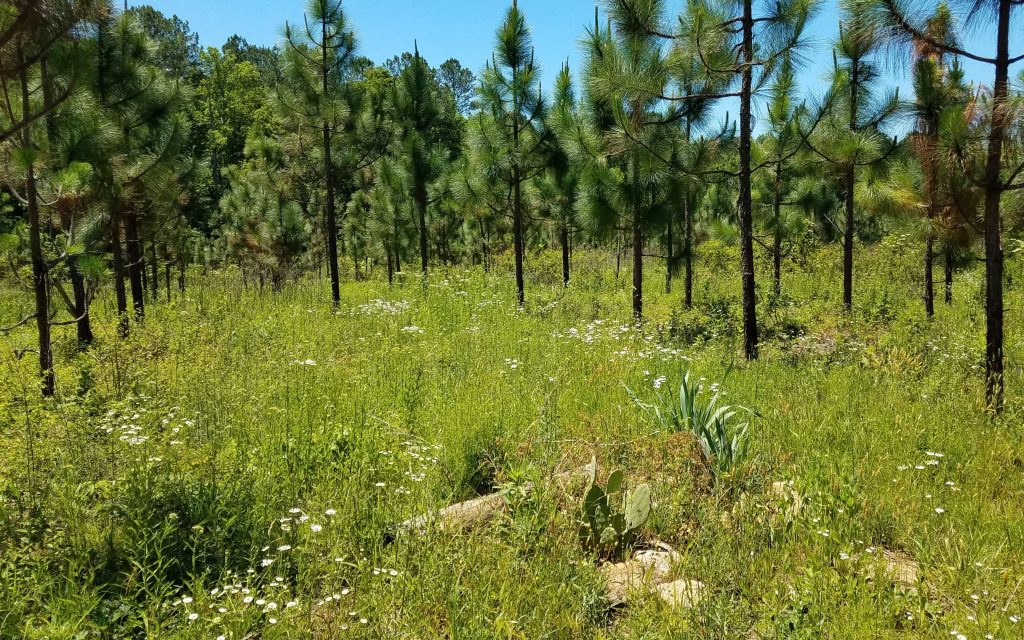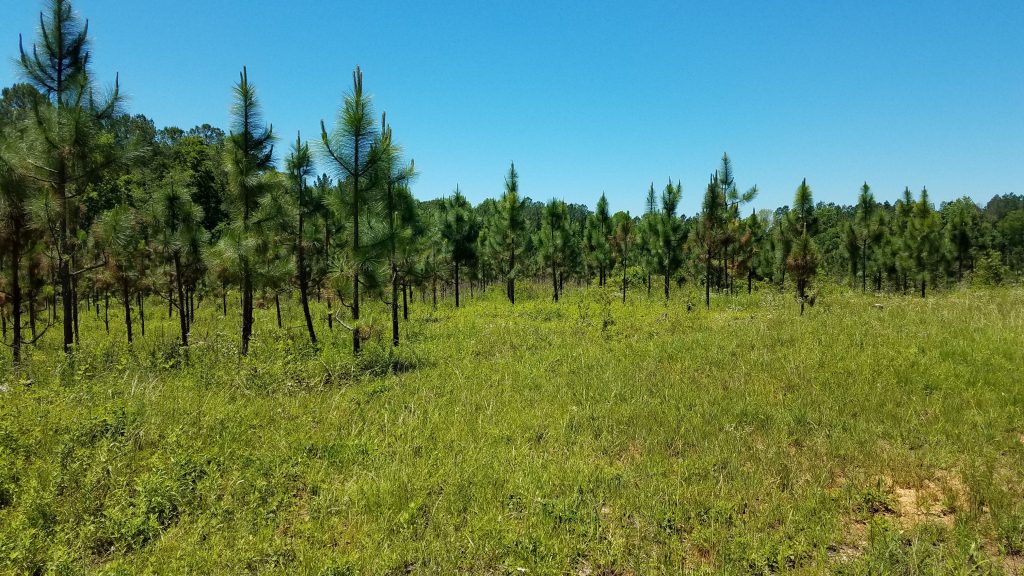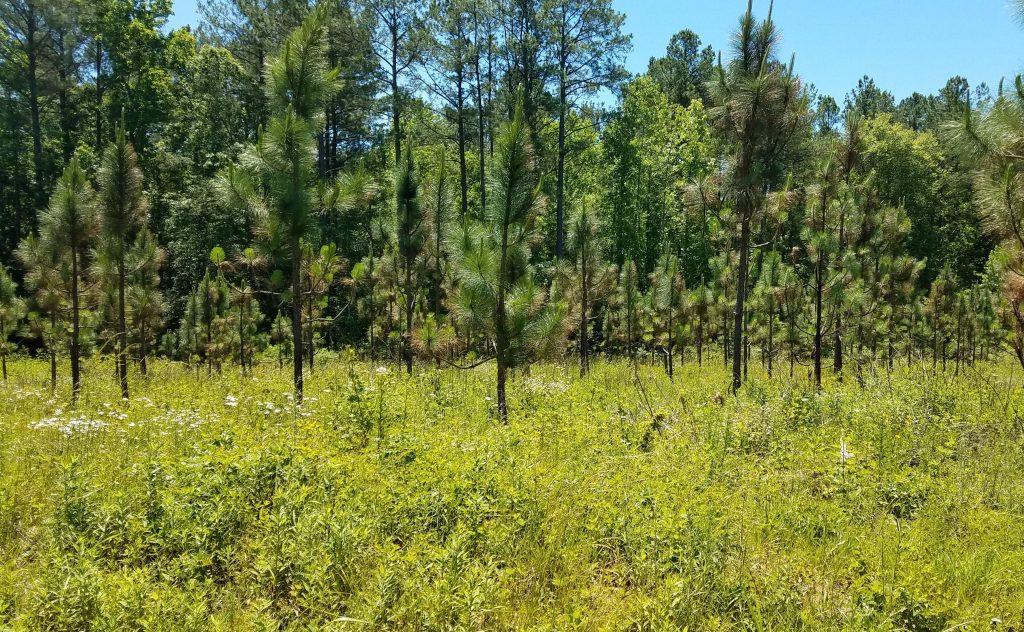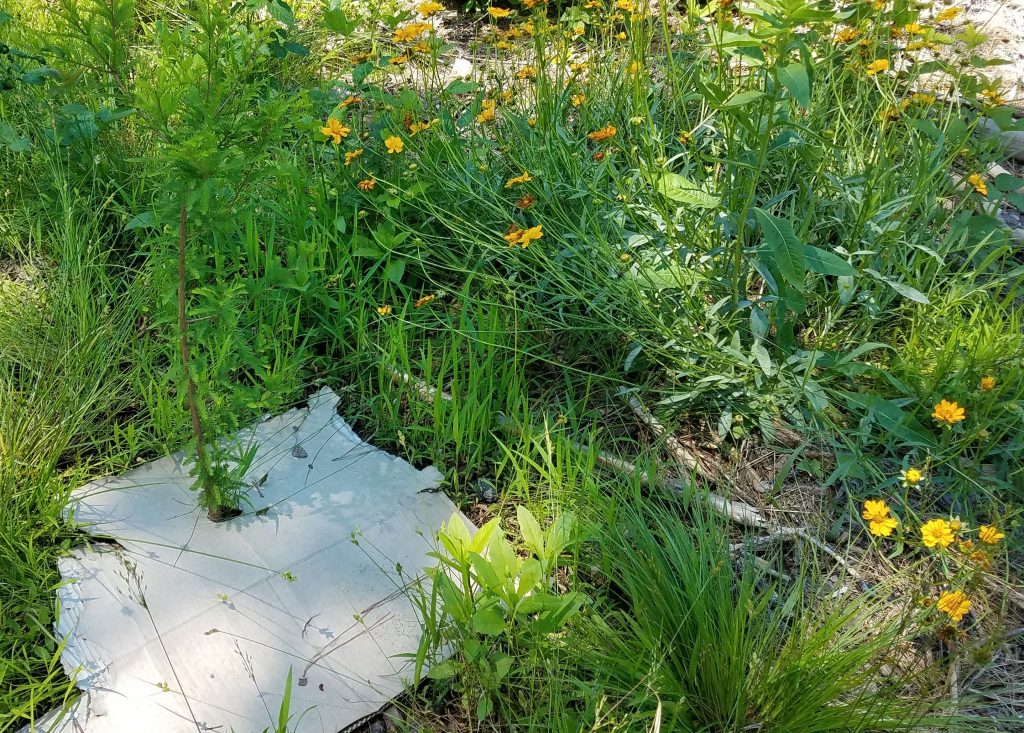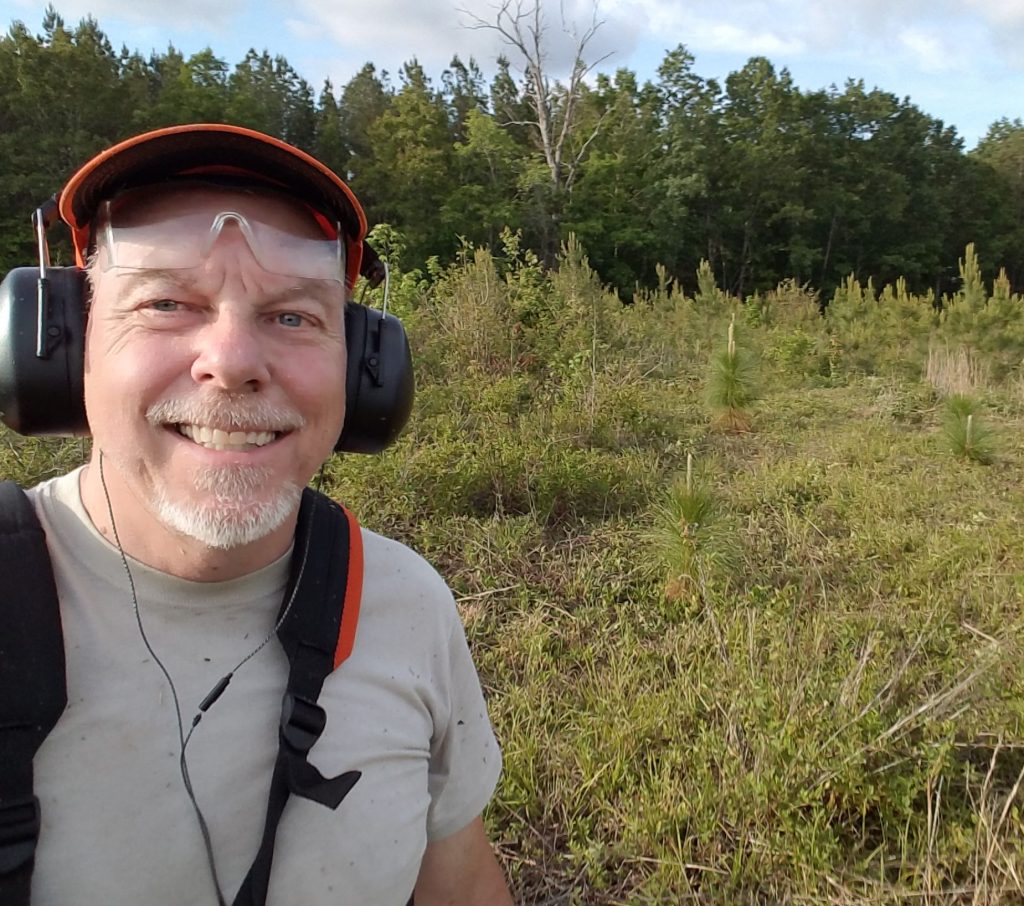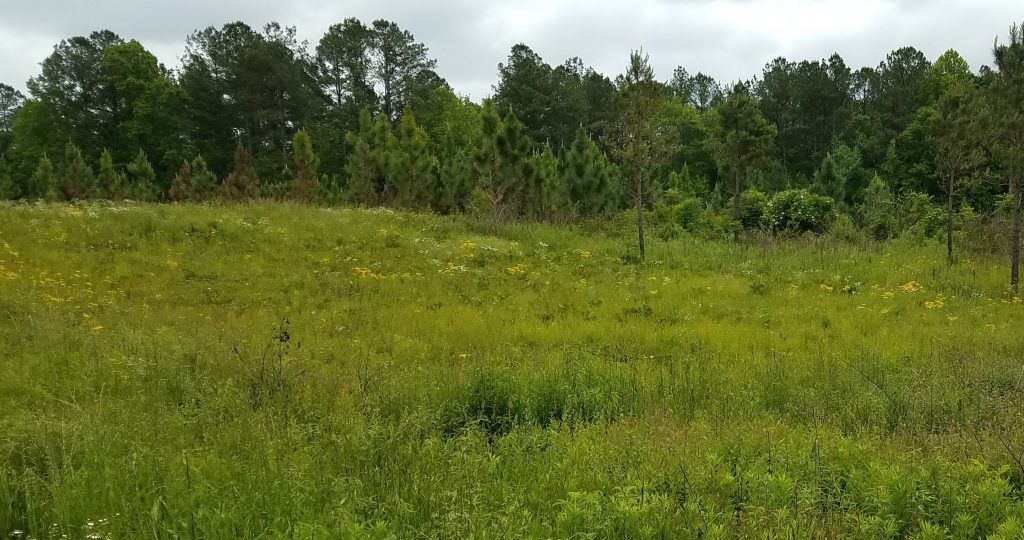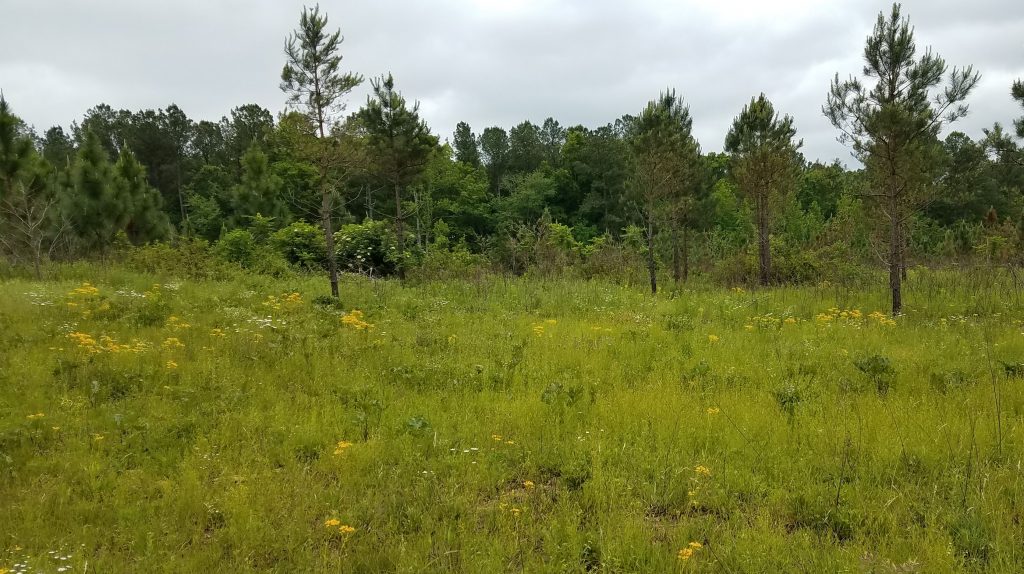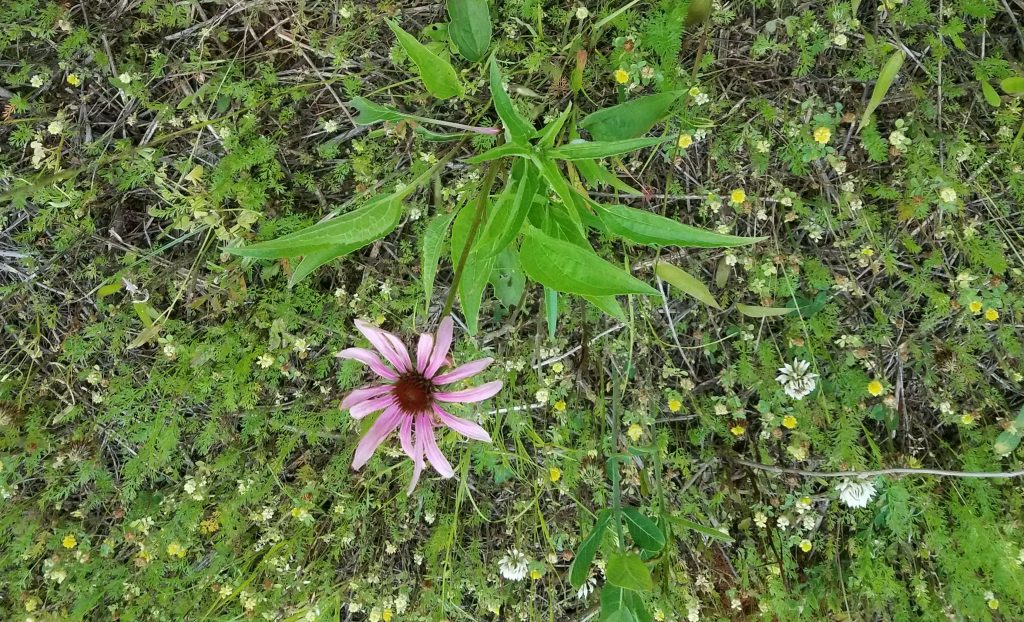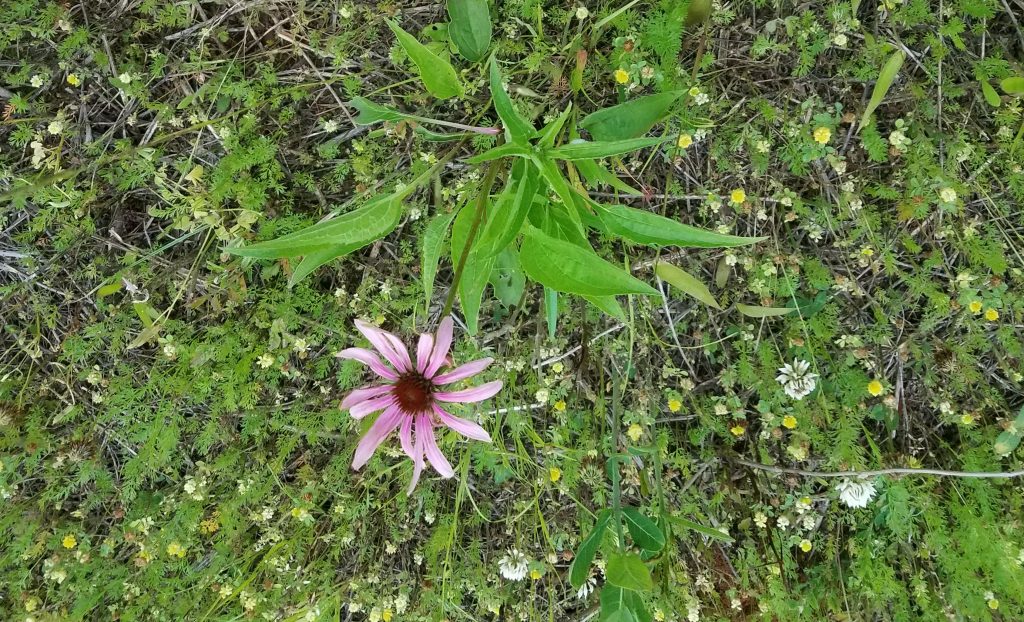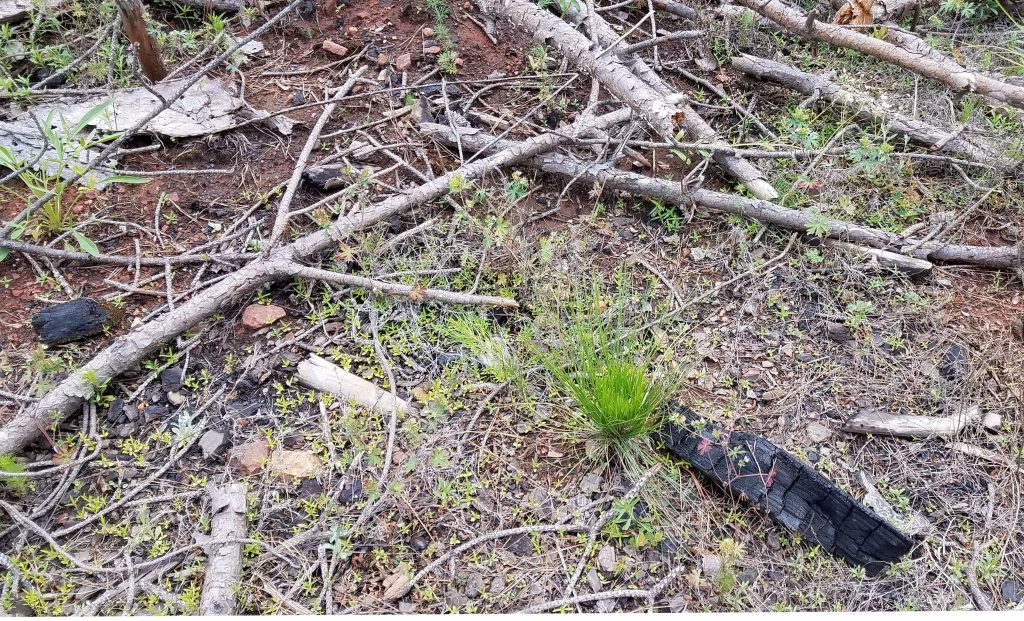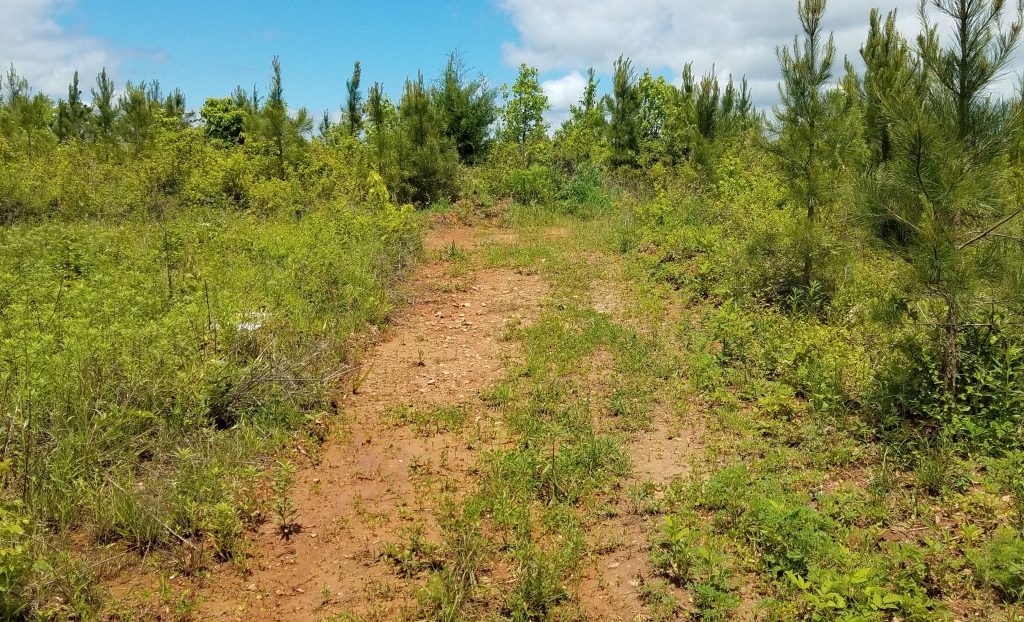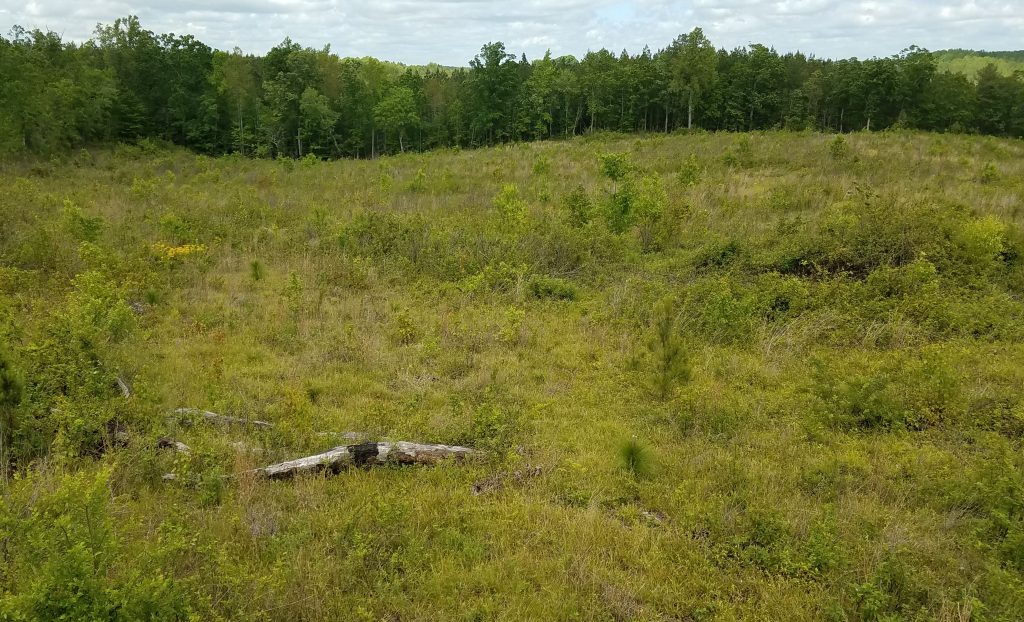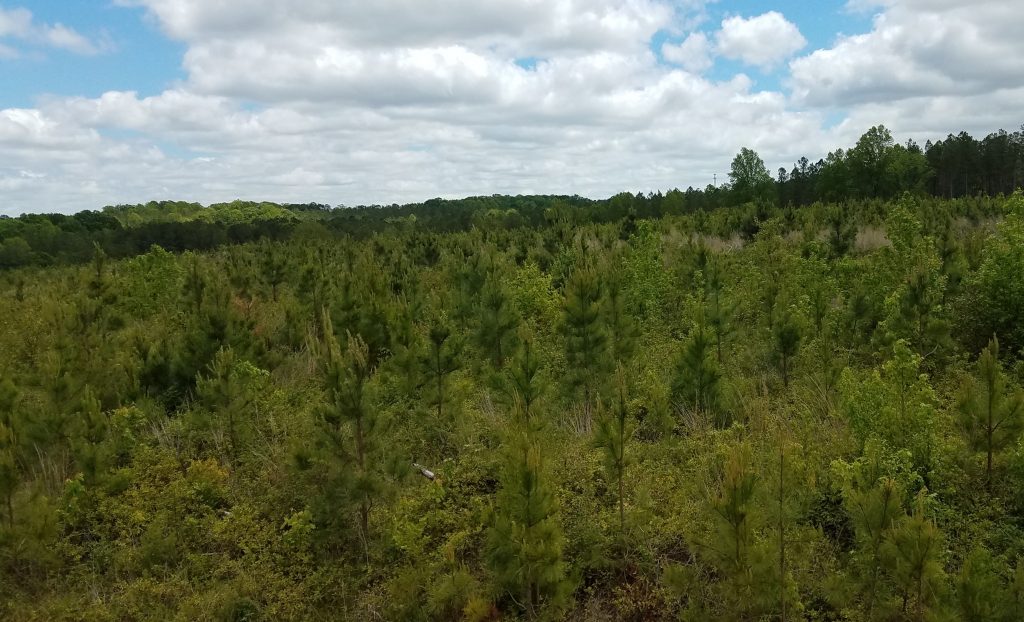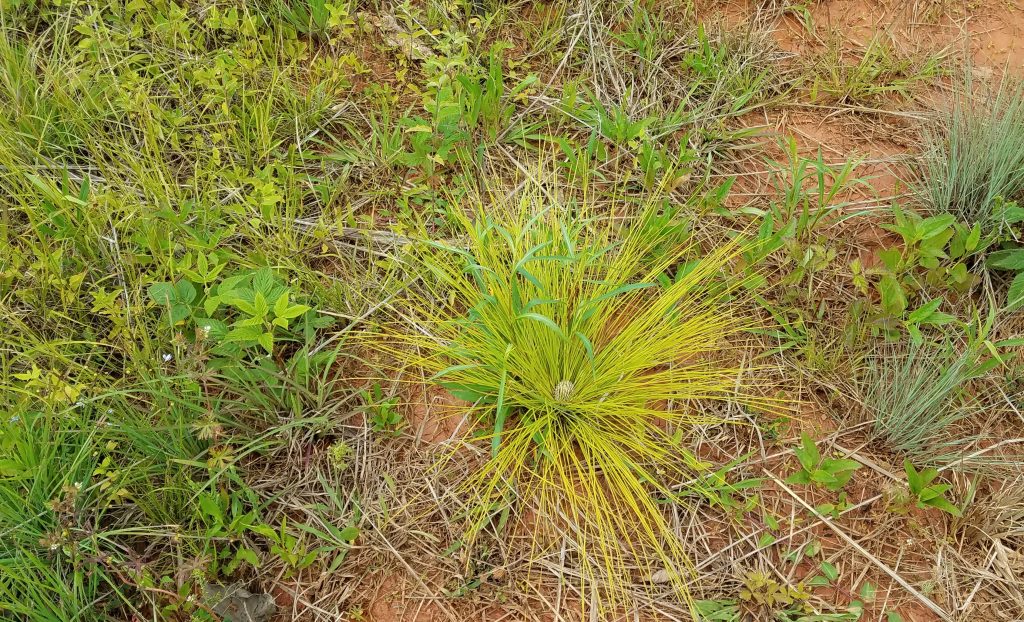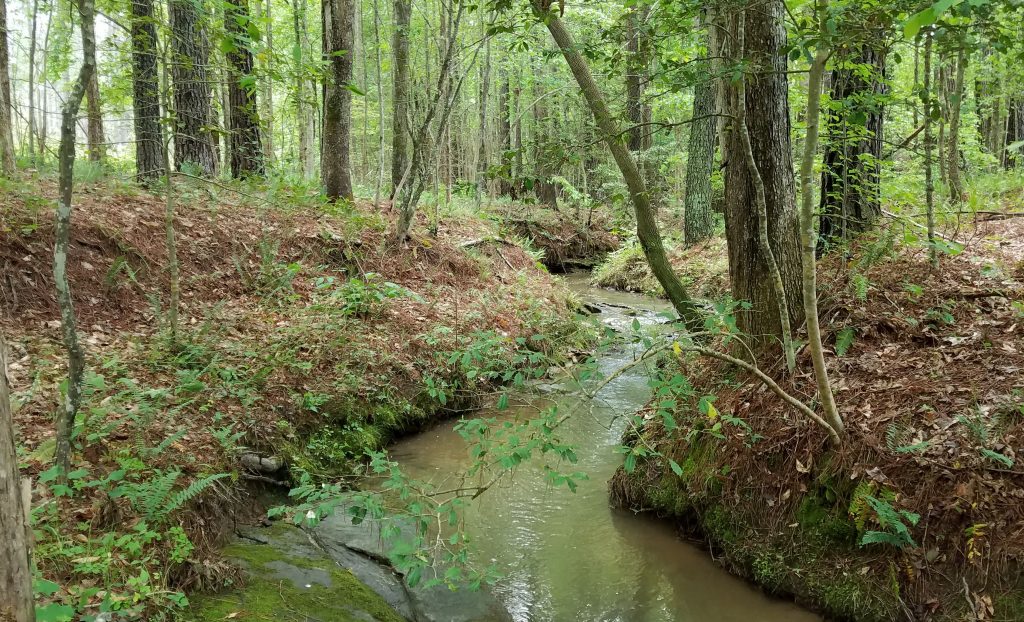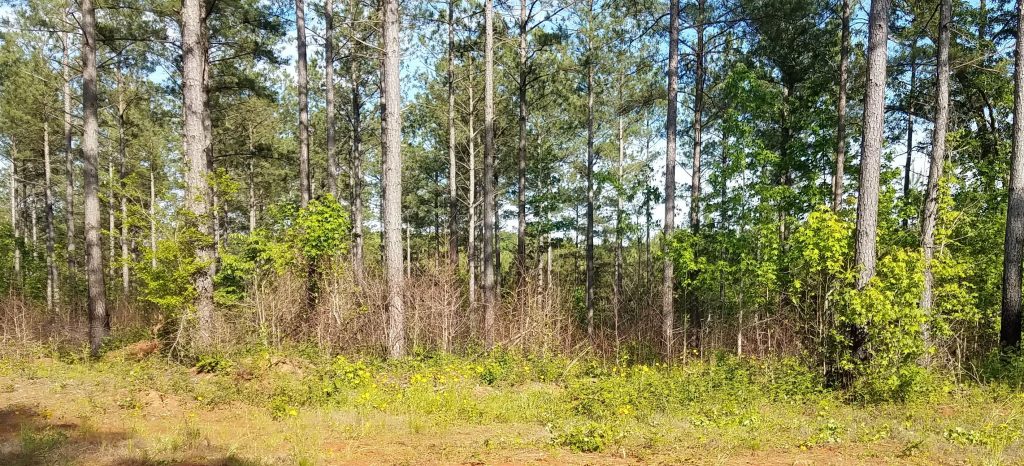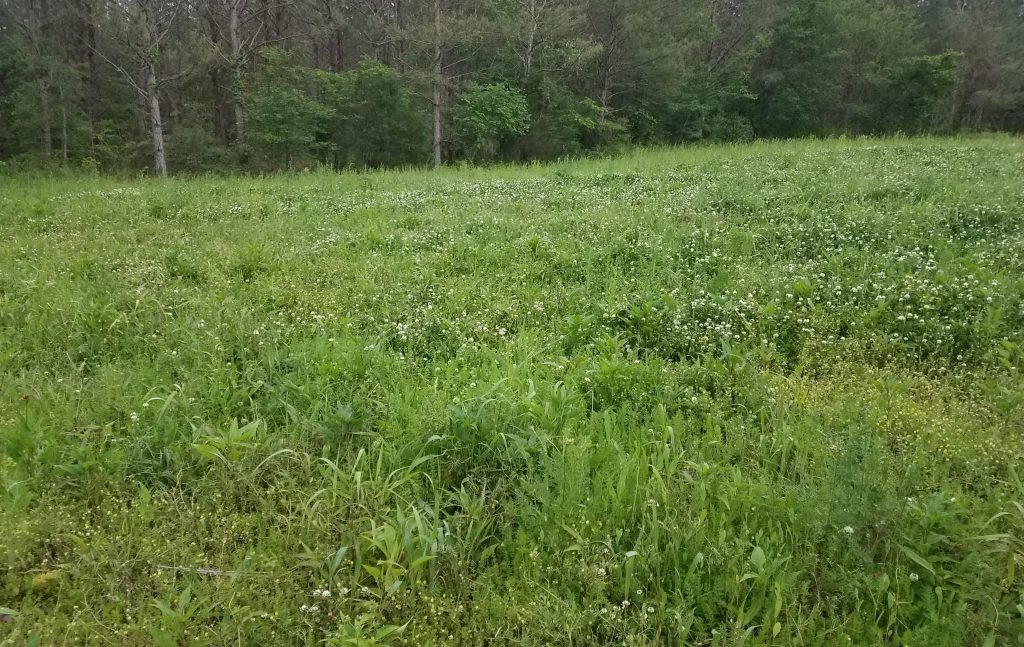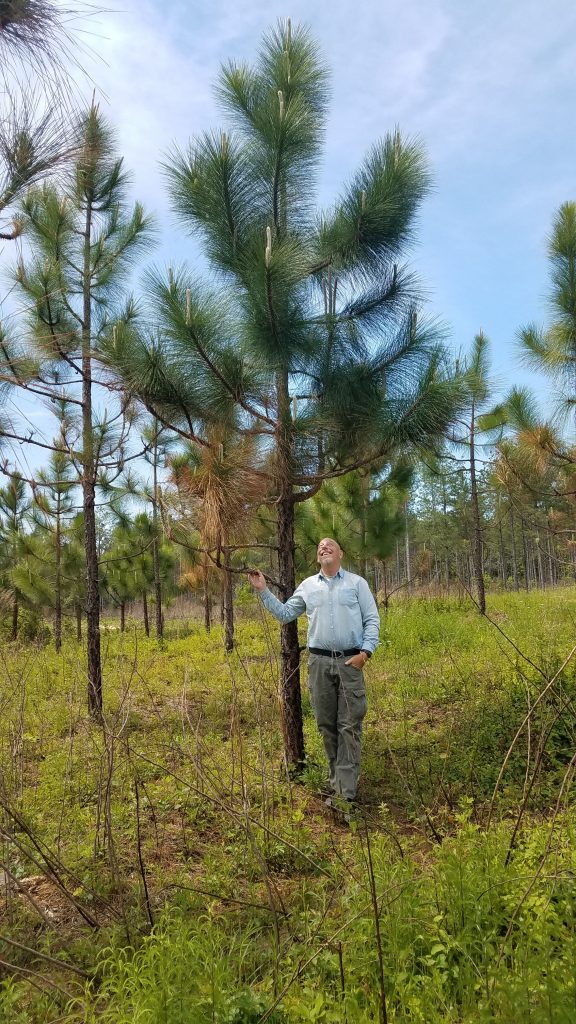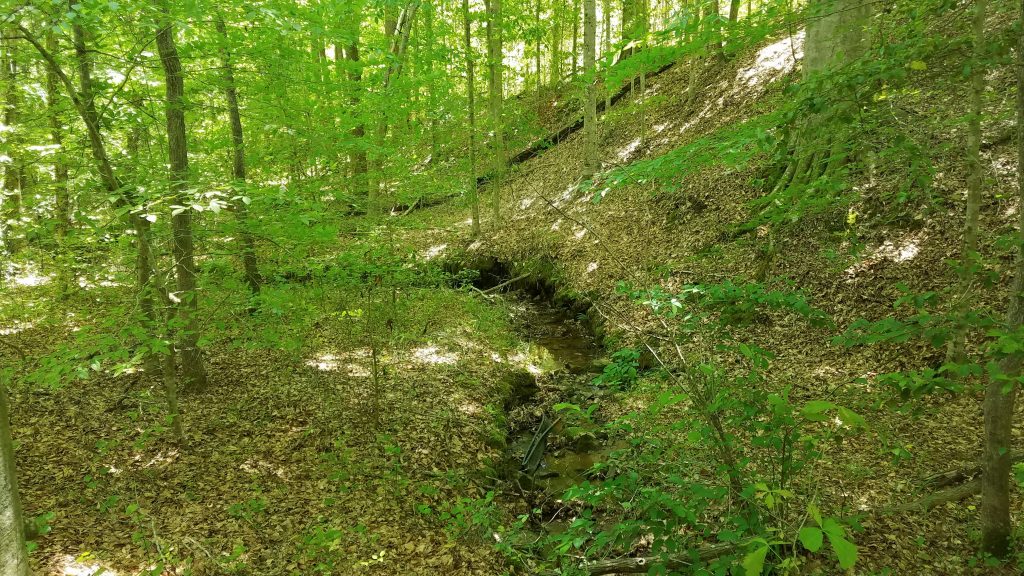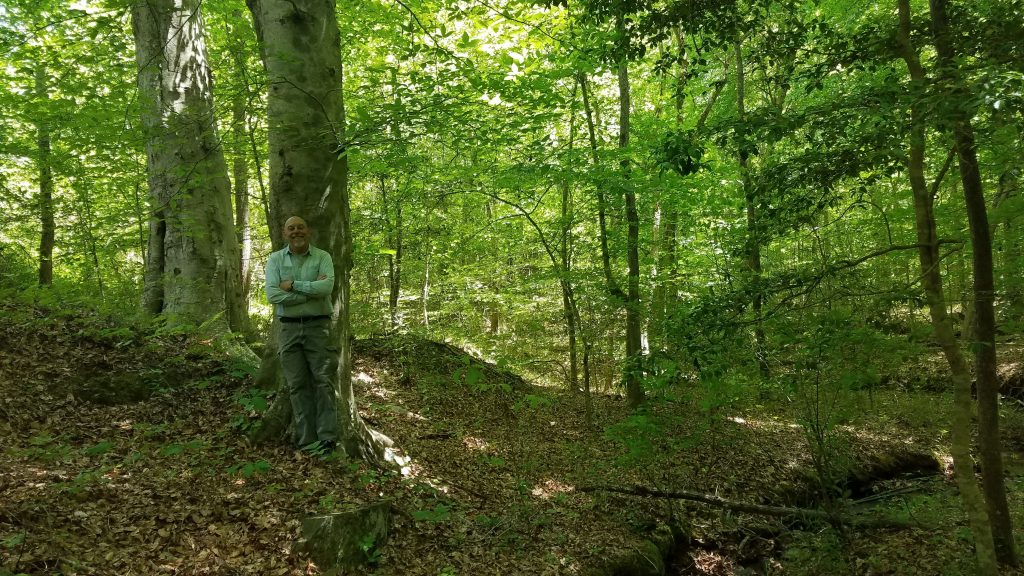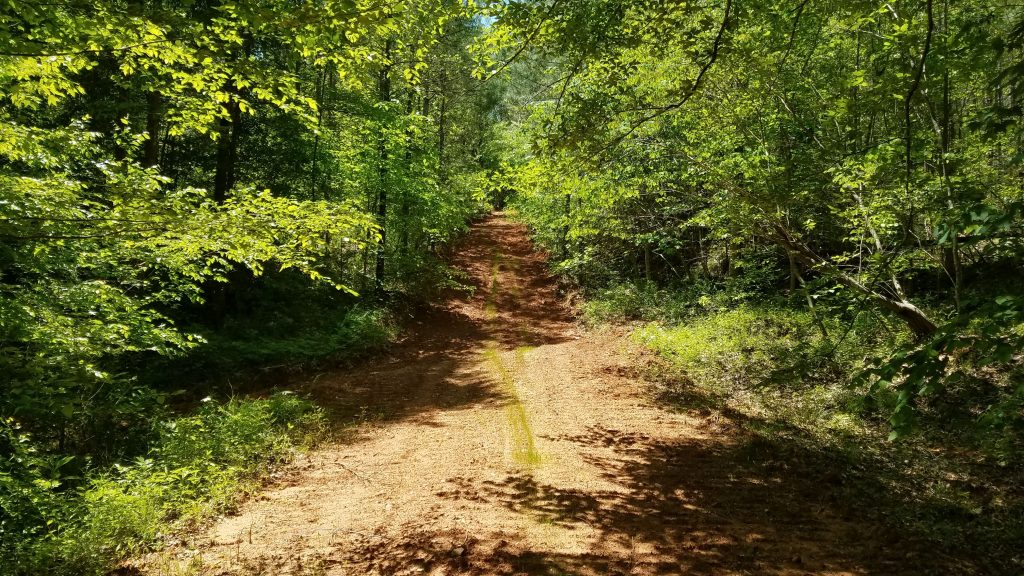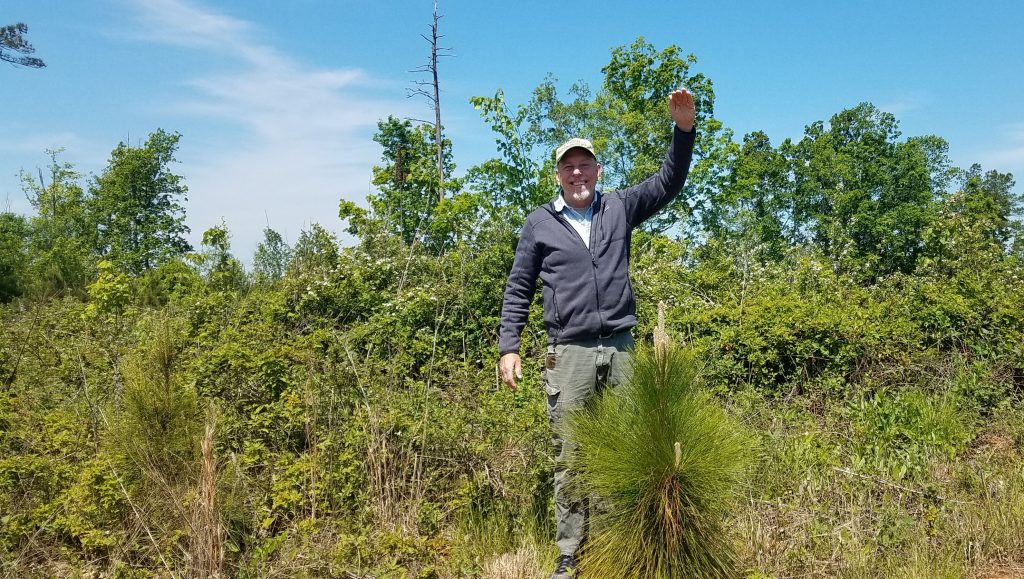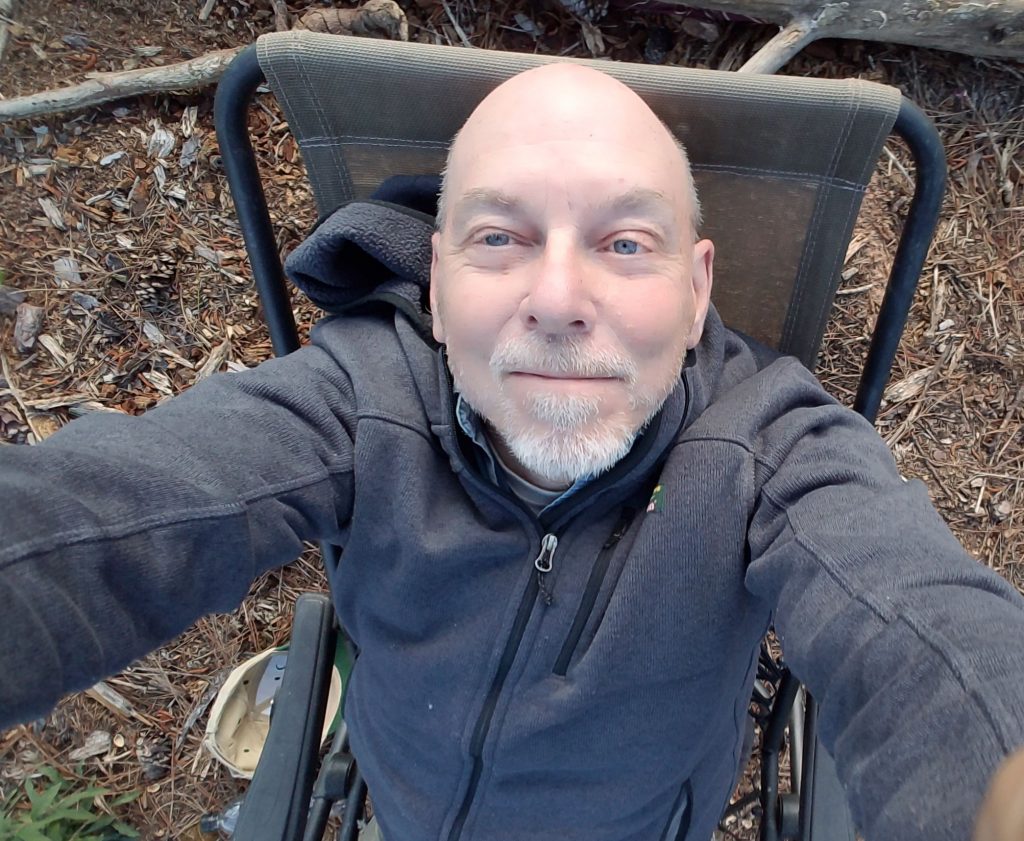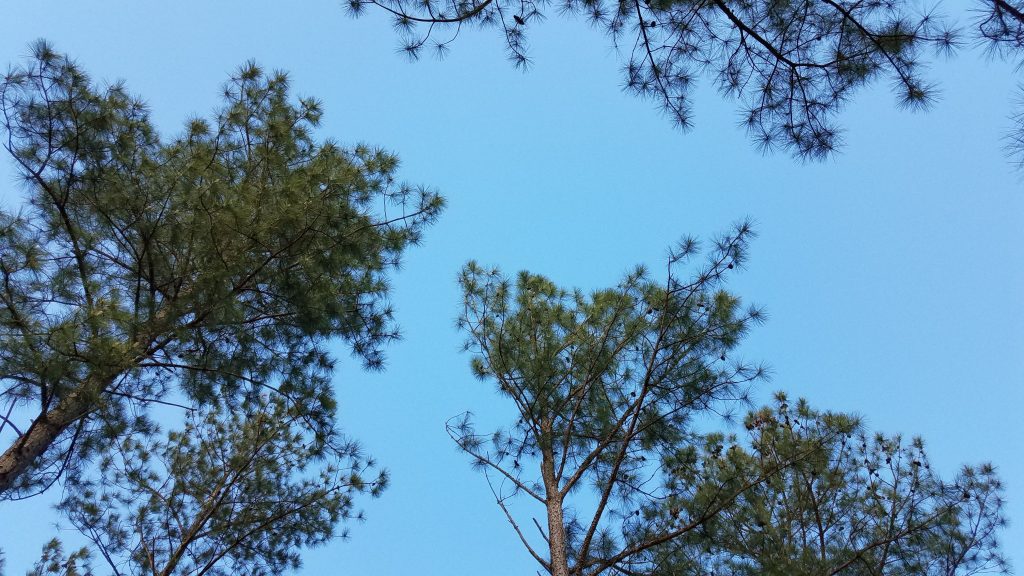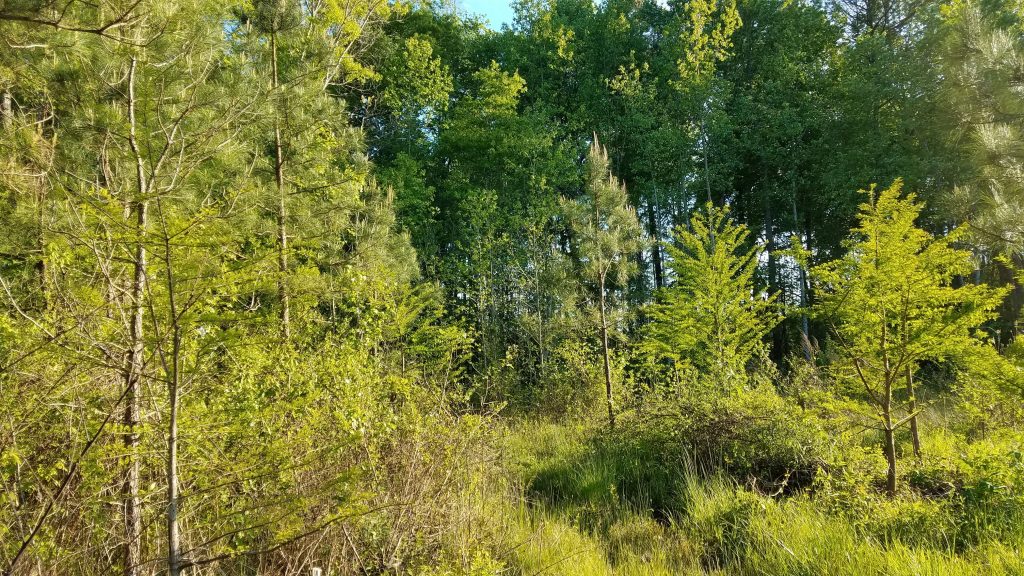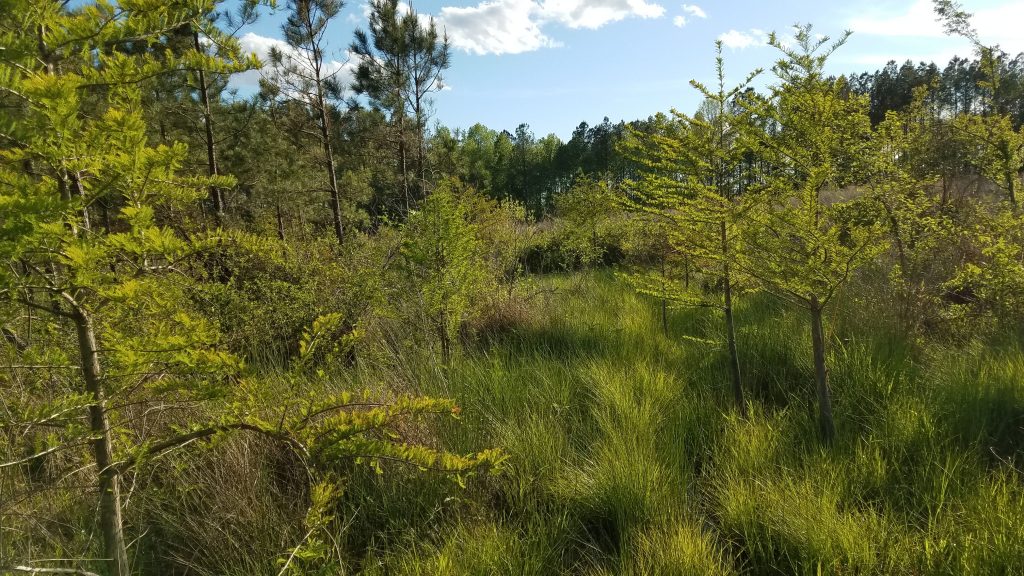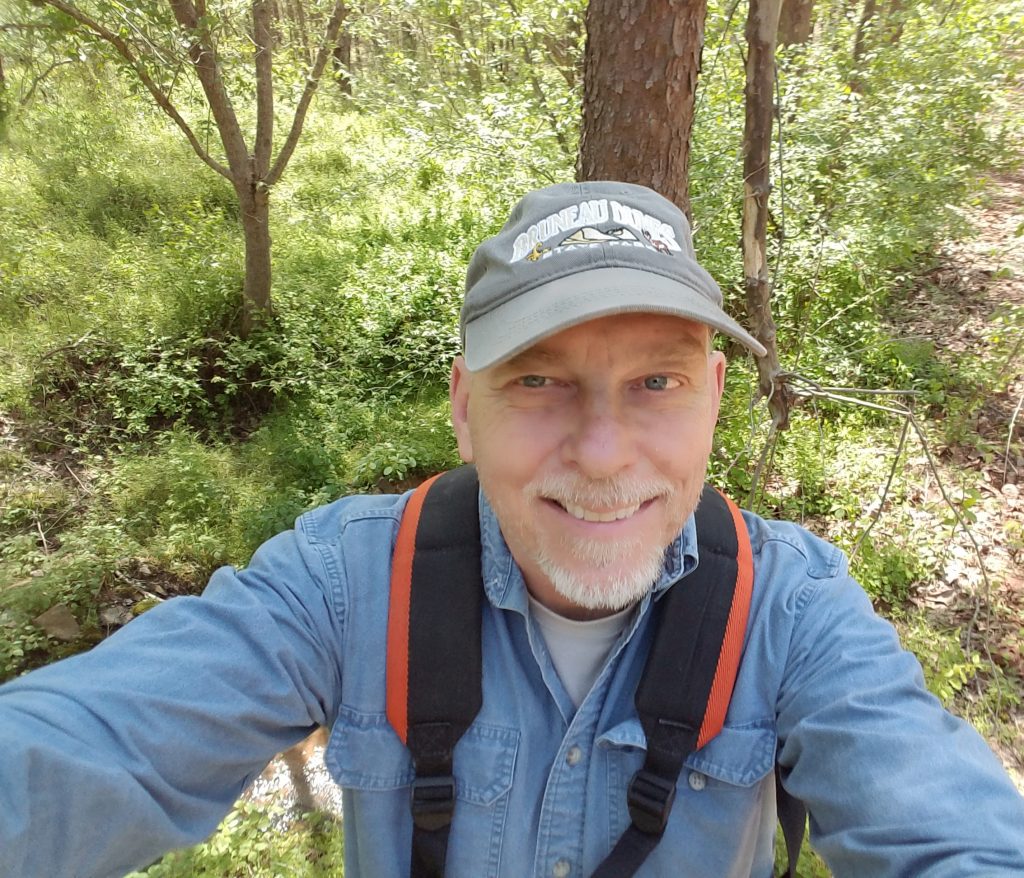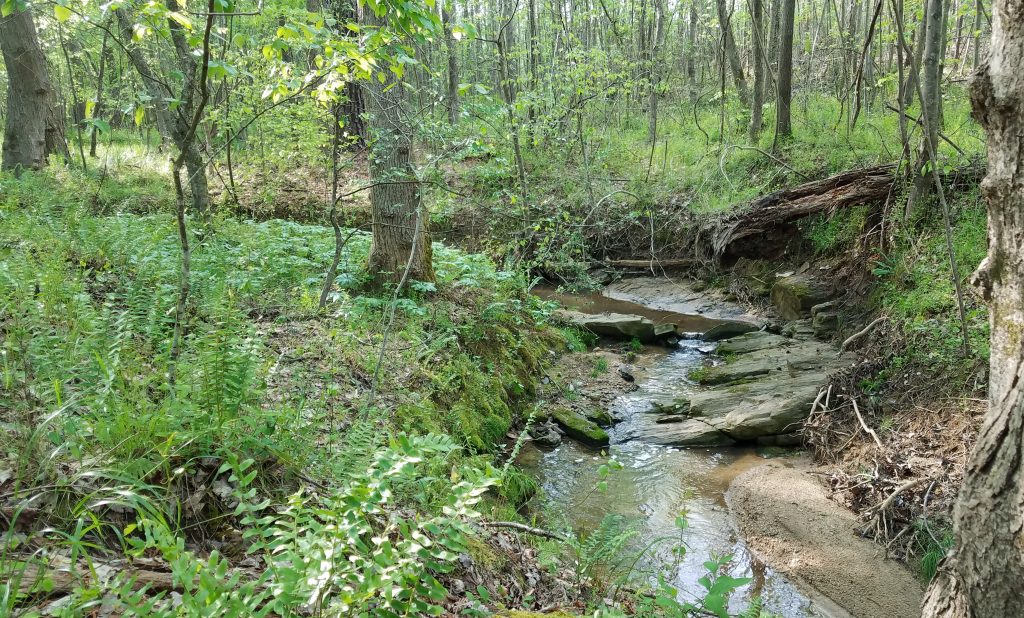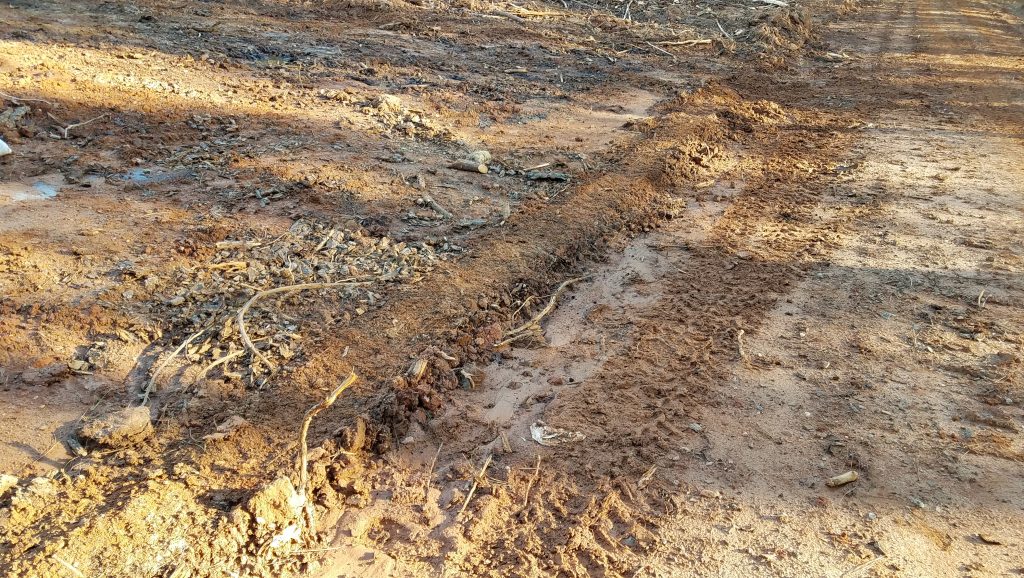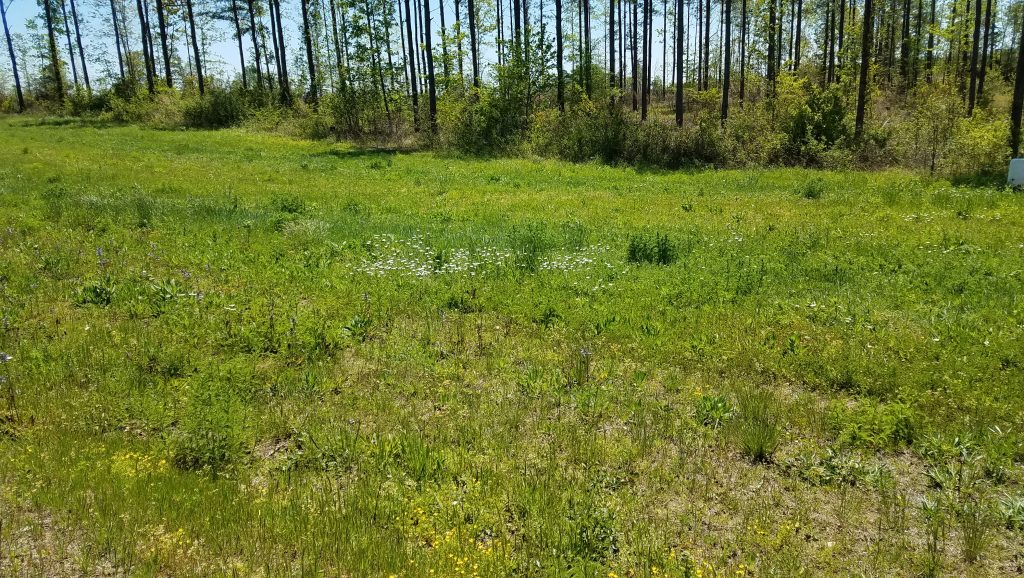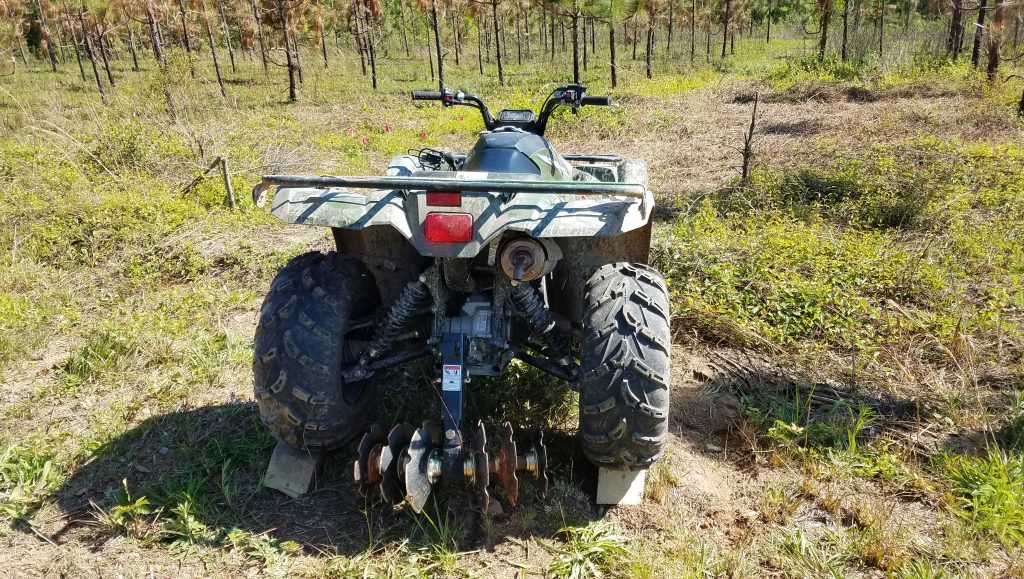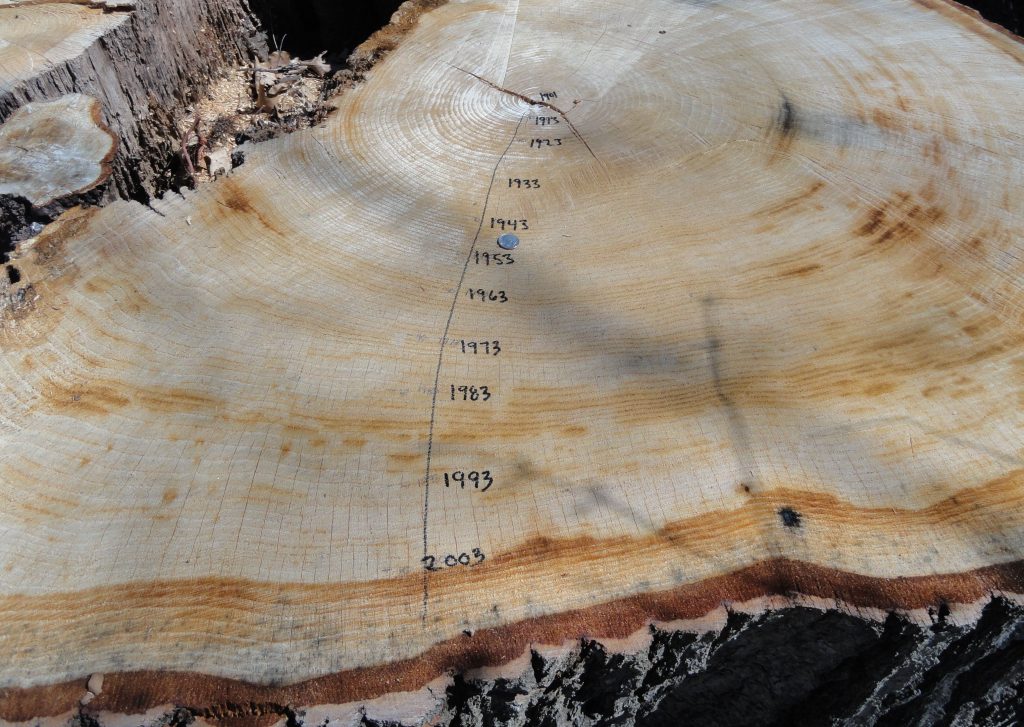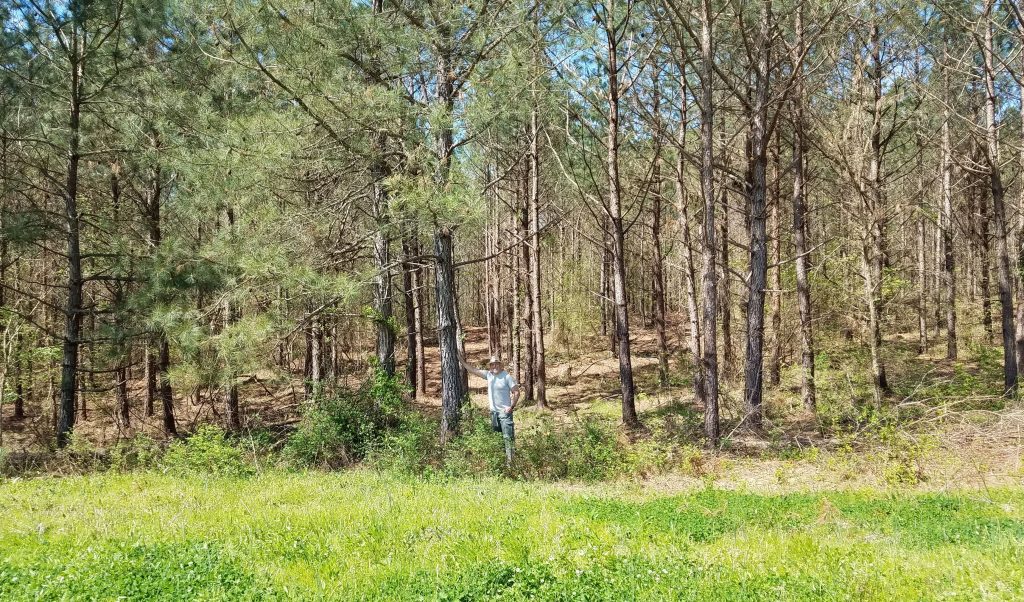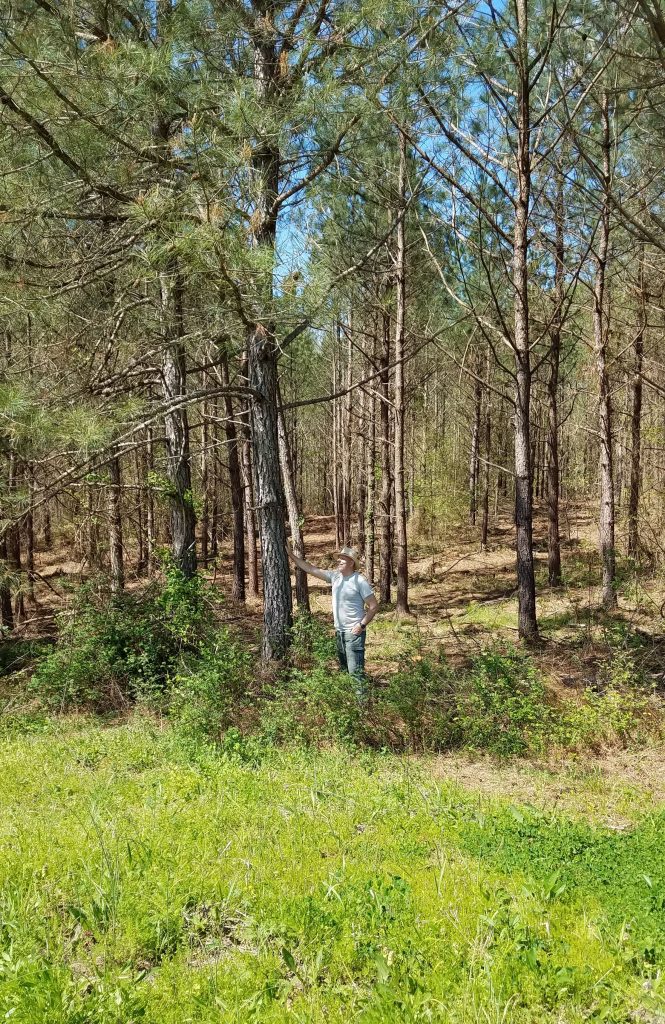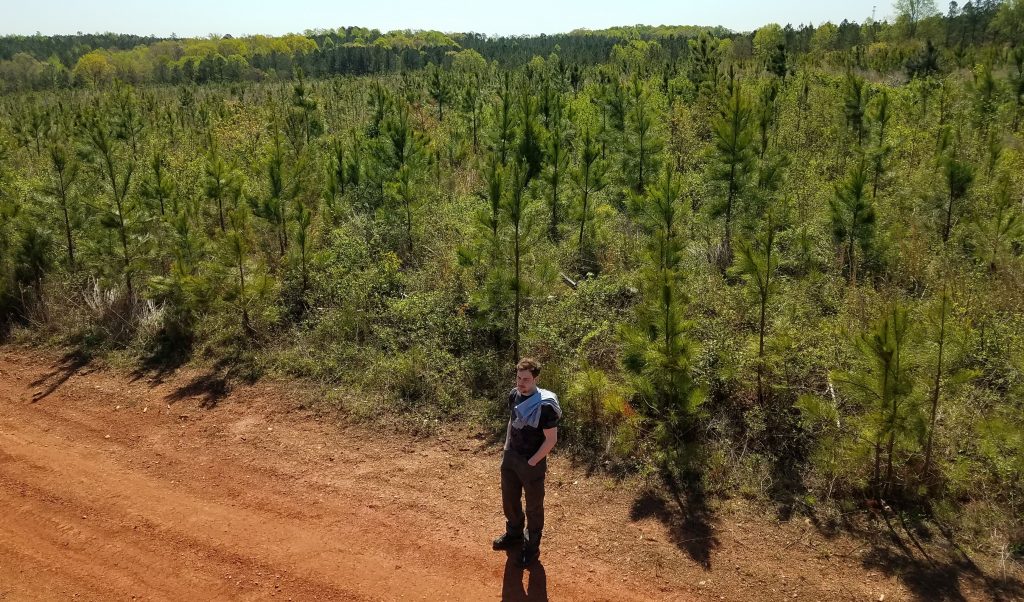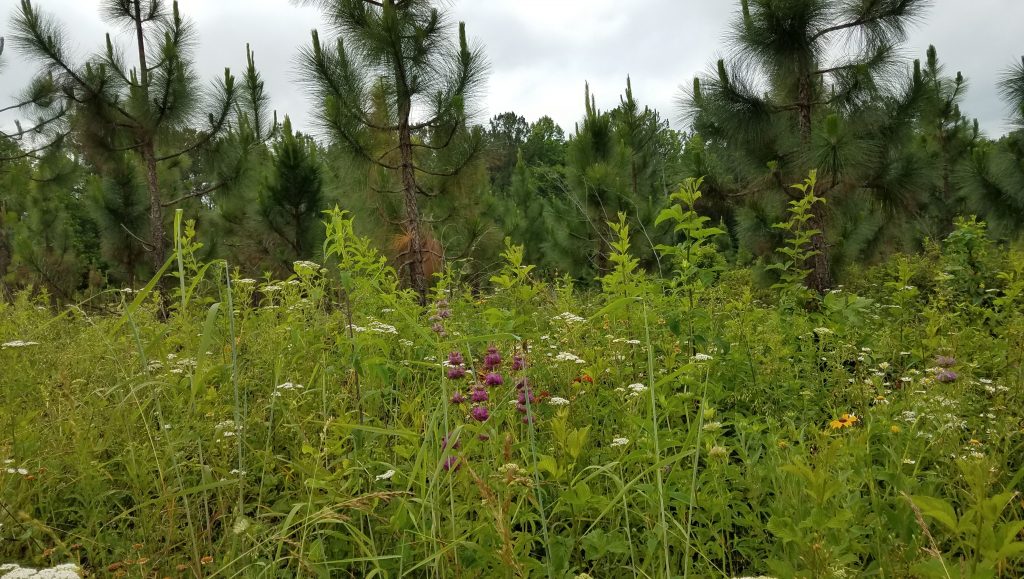
For everything there is a season and a time for every purpose under heaven. This is the time for the first big flush of wildflowers in Virginia. Many will bloom throughout the summer and some will come into season periodically until fall.
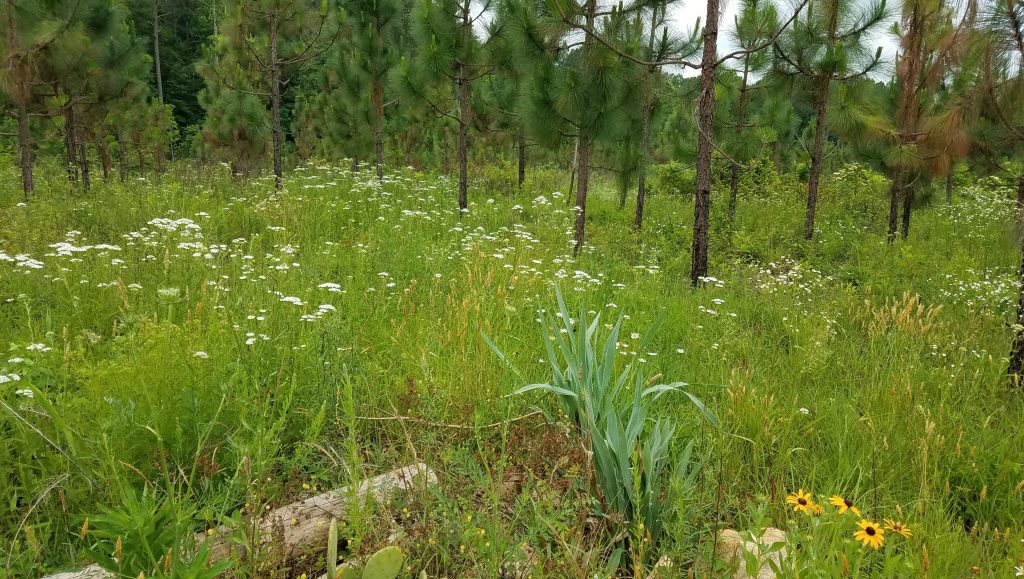
Flower seeds cost a lot when you have to cover a lot of acres, so my strategy was to plant patches and expect that they would be crucibles for the rest. I have been doing this for almost ten years now. I think it is working some, but it is hard to tell. I am coming to understand that if you just burn and wait, many of the flowers come back by themselves. The seeds are still there, waiting the chance.
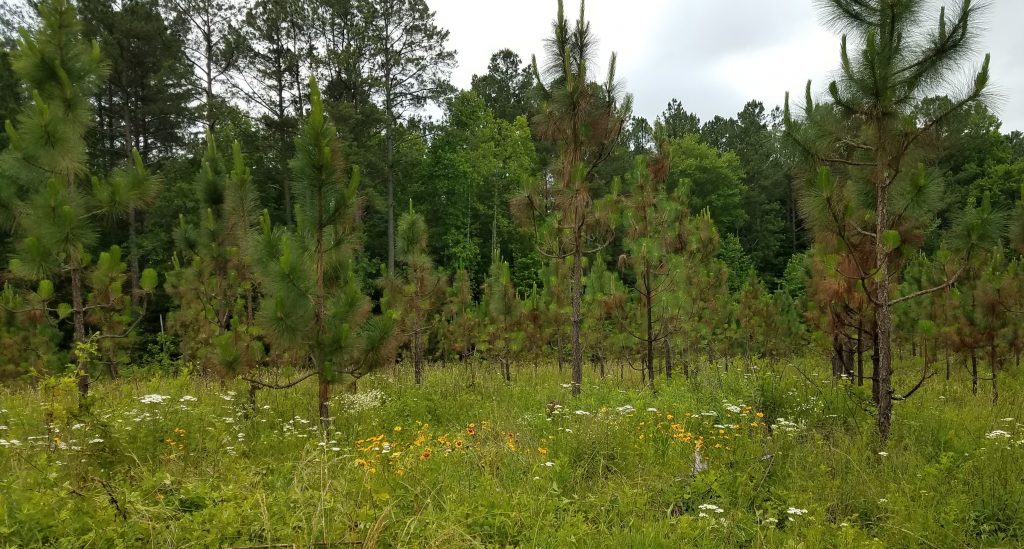
Fire is the key. The pictures you see with the longleaf is from an area burned in 2012 (my friend Eric Goodman did that for me; I was in Brazil), February 2017 and November 2019. I worked on those two. I compare this place to those not burned and the difference is remarkable.
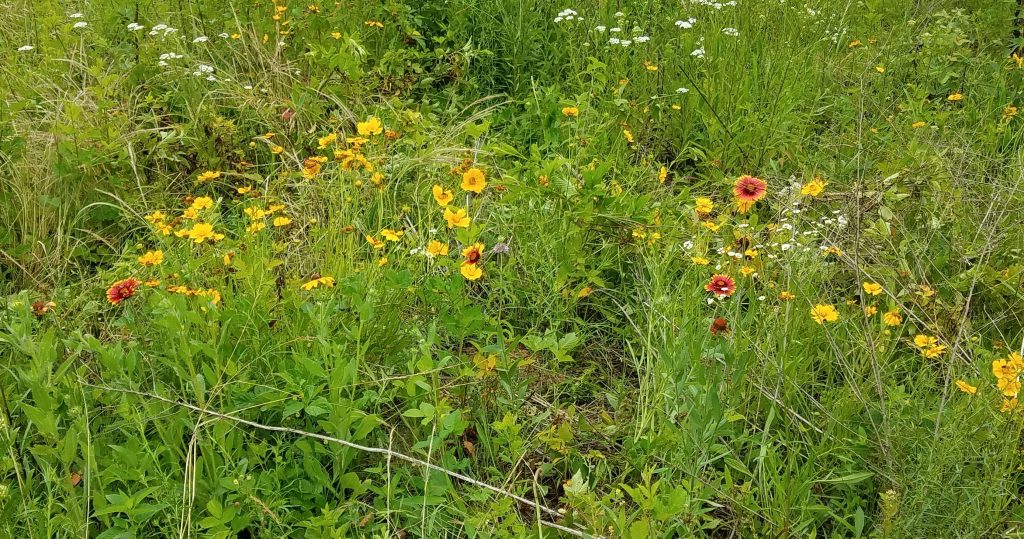
I have been interested in prescribed fire for a long time. But my involvement was academic. I took the Virginia certified burning course in January 2009, and have been certified since then, but did not put my first fire on the ground until 2017. I have done five on my land since, including the first. The theory is important, but doing it different. Better to do both and have a long time to look at the results.

The wonder of the longleaf pine ecology is that it combines the grass and forbs with the pine trees, and that combination exists only because of fire.
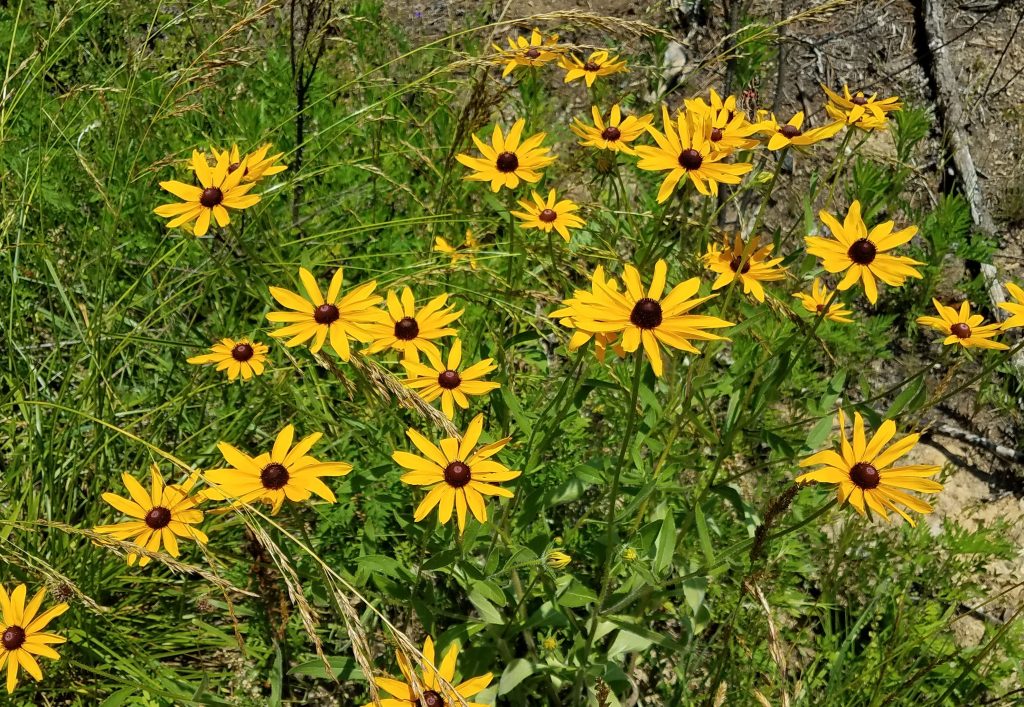
The longleaf ecology is man-made. It is true that lightning started some fires, but it was the Native Americans who brought the regular fires. They had the right idea, and we need to learn, relearn.

